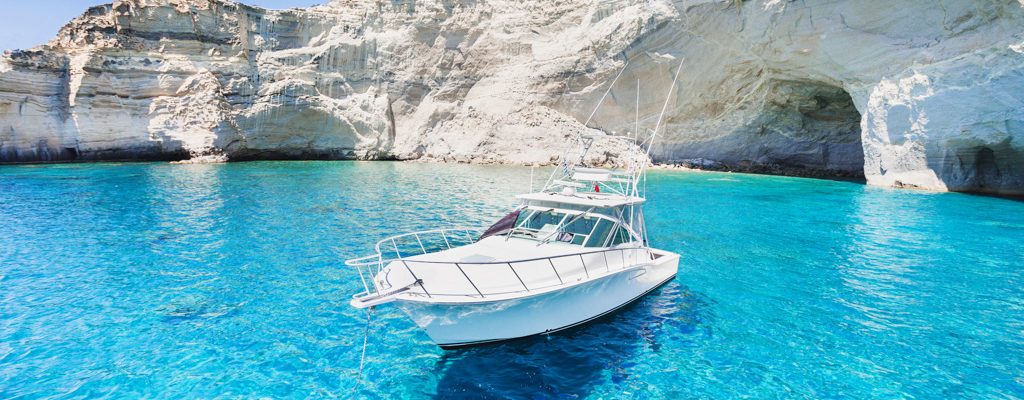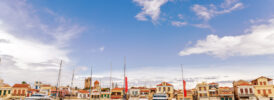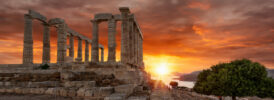Crete is one of Greece’s blockbuster islands. Greece’s largest island, it boasts world-famous archaeological sites, beaches that regularly make the list of Greece’s loveliest, enchanting villages, epic world-famous hikes, and an amazing local wine scene. And this is just for starters.
But Crete also has a secret side, and the best time to discover it is in the shoulder seasons. The temperatures of this balmy southern isle are never too cold, and the autumn and spring are long, with plenty of sunny afternoons and even beach days – perfect for those who find the intense heat of summer tiring. This is the best weather to see a lot, and do a lot.
Moreover, the island empties of most visitors after the peak season. You’ll find all of the facilities running – the restaurants, the boutique hotels, the private charter boats, and of course all the cultural attractions. But you will enjoy them all without the crowds. This is the season to really get the most out of Crete in autumn, to truly make it your own by having quality authentic experiences.
The Archaeological and Historic Sites of Crete
Of course, the Minoan Palace of Knossos is world-renowned. But many people do not know how many other fascinating, lesser-known archaeological sites are on Crete.
Ancient Eleutherna
Ancient Eleutherna (also sometimes known as Apollonia), is between ancient Cydonia – today’s Chania – and Knossos. The Dorians colonized it in the Geometric period because of its desirable location, close not only to the ports but also to the sacred cave of Mt. Ida. The city grew in prestige, and various civilizations came over the centuries, adding their own beautiful monuments. In the Roman era luxurious baths and villas were built. Later, in the Christian era, it acquired a beautiful basilica. The city eventually fell, first due to an earthquake, and then an invasion by Arabs.
The excavation of Eleutherna is magnificent. Its splendid natural woodland surroundings have been carefully protected. The steps and paths are of earth and stone, and power lines concealed. This gives it a sense of mystery – free of any associations with the present – that makes for a uniquely contemplative experience of archaeology.
The Arkadi Monastery
While much of Greece was under Ottoman rule, Crete was in Venetian hands until 1669. The Cretan Renaissance saw the same flourishing of the arts as elsewhere in Europe, with splendid monasteries such as the Arkadi monastery standing as witness to this wonderful era.

The monastery, south of Rethymnon, is famous throughout Crete for a holocaust that happened here during an uprising against the Turks – it remains a cherished symbol of brave Cretan resolve.
A wonder chapel of Baroque and Renaissance details is enclosed in a beautiful courtyard, surrounded by the cells of the monks. There is also a small museum.
The Preveli Monastery
What a splendid location – the Preveli Monastery (called “moni Preveli”) – overlooks the Libyan sea from a great height. The views are dizzyingly beautiful, and so is the monastery itself. The earliest parts of the monastery date from 1584. The monastery is also famous for its role in history, taking an active part in uprisings against the Ottomans as well as in the Resistance during WWII.
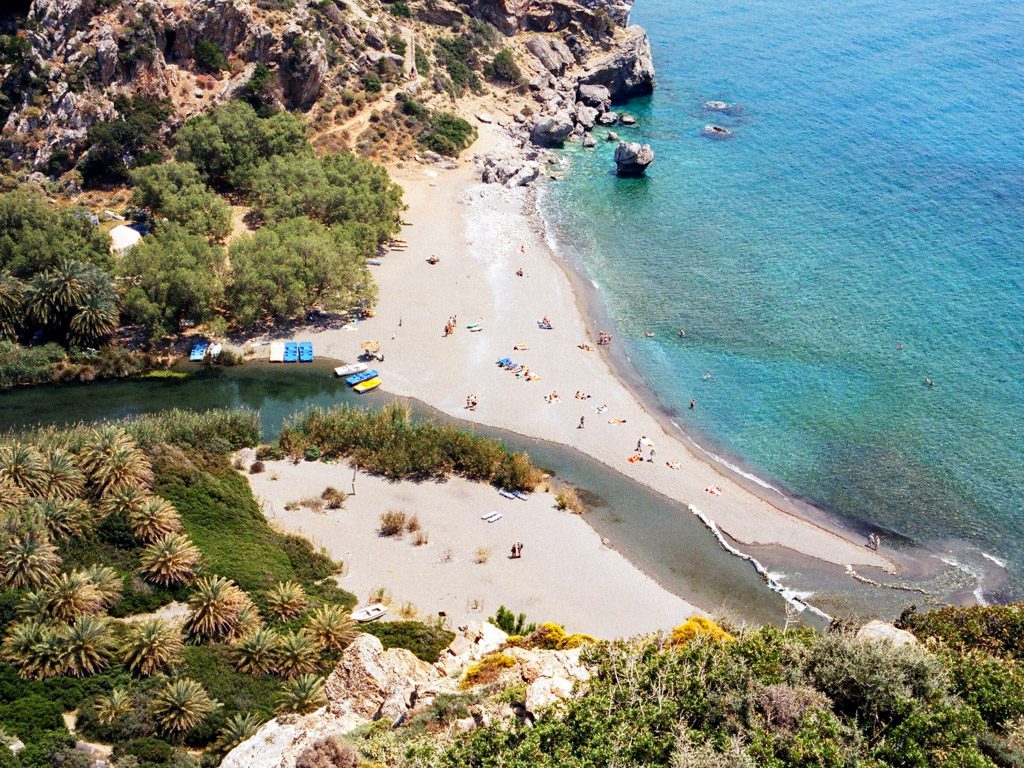
Below the monastery is one of Crete’s most famous and beautiful beaches. Preveli beach is in a gorge where a river flows into the sea, the banks of which are forested by palm trees. Truly worth the many, many stairs that descend. The breathtaking views alone are worth the climb.
Cretan Wines
Crete boasts millennia of wine making expertise. You’ll have a hard time finding a poor glass of wine here, for even the house wine in a carafe is delicious – especially if it’s a ‘marouvas’ – a barrel aged wine mellow yet powerful and wonderfully fragrant.
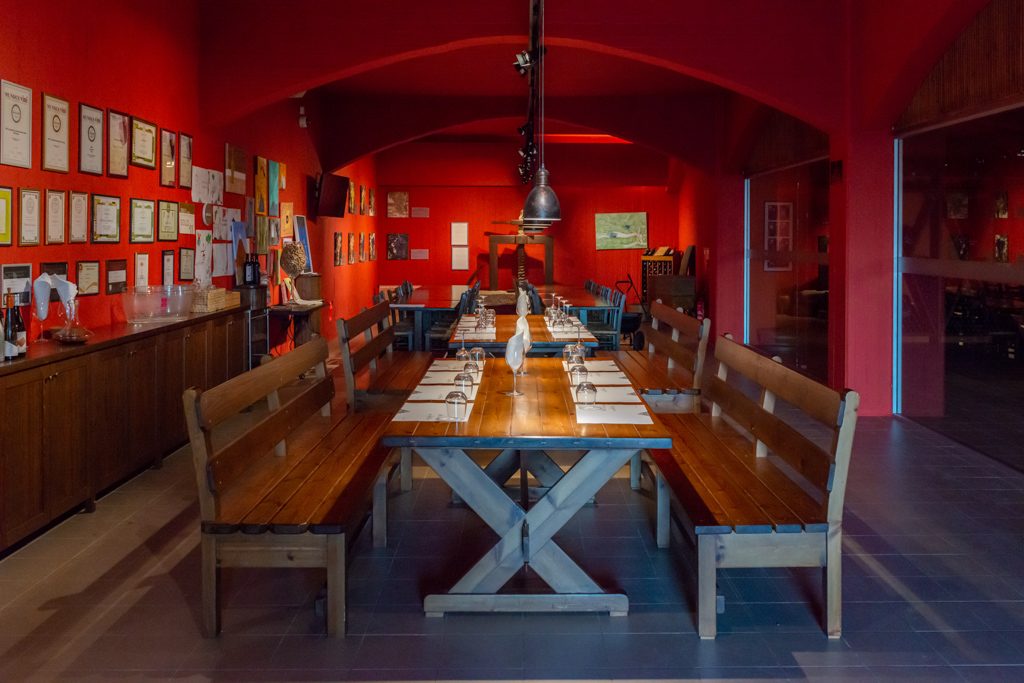
But many wineries on the island are specializing in the local indigenous grapes – suited to the rocky and wild terrain. So for a pure taste of Crete’s magnificent terroir, try one of the smaller family wineries specializing in the revival of ancient grapes. Other wineries have magnificent settings, such as the Toplou monastery, in eastern Crete. And a larger Greek vintner has a Cretan winery offering a total wine experience including a gourmet tasting and pairing.
Cretan Cuisine
Did you know that the cuisine of Crete is completely distinct from Greek cuisine generally? While you will meet with the most popular Greek dishes on the island – such as moussaka, gemista, and horiatiki salata – the Cretan menu is filled with wonderful unique specialties.
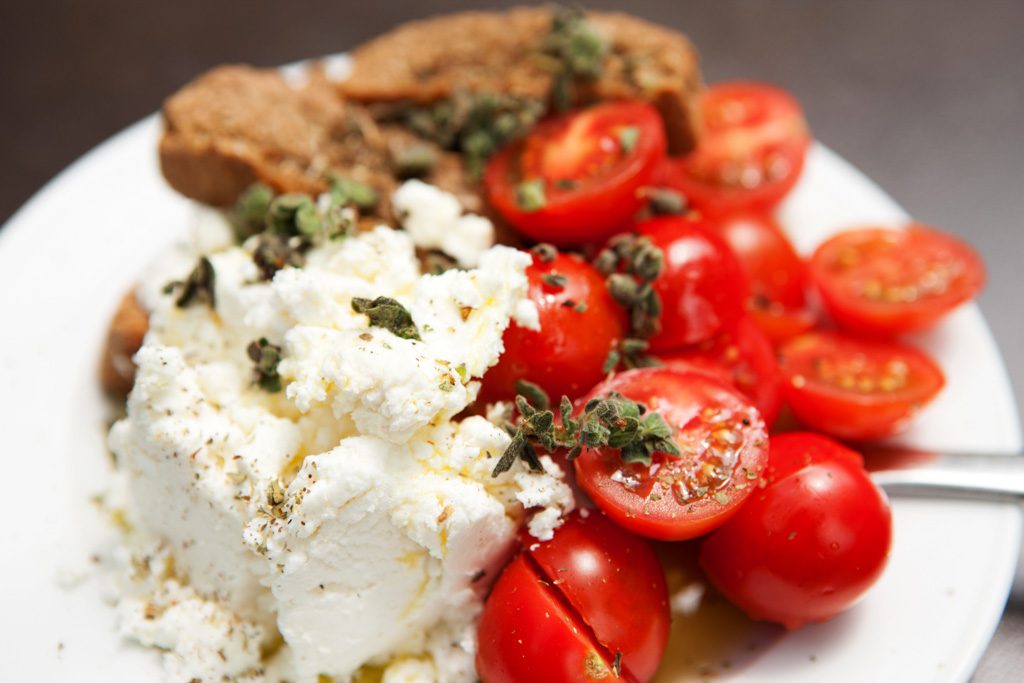
For starters, the Cretan salad is like an amped-up Greek salad, with the additions of barley rusks, purslane, and tangy fresh myzythra cheese. Cretan escargot is also a marvel – snails fired with olive oil and rosemary with a zin of vinegar. Wild greens feature everywhere, especially in hand-rolled delicate pies, which are grilled or fried. The meats of Crete are also splendid, goat in particular. Grazing on wild herbs all day, the meat is naturally flavorful, as well as sustainably raised, as it has been for centuries.
Hiking in Crete
This is the best season to enjoy a hike. Crete is filled with famous trails. One of the most famous of all is the epic Samaria Gorge. Although it is all downhill, the 17 km are nonetheless quite an accomplishment.

Beautiful scenery is your reward – from a dense forest at the top to a dramatic gorge at the bottom, and of course the Libyan coast in the sleepy town of Agia Roumeli, which you will have to leave by boat – for even more adventure. For a shorter hike, in Eastern Crete there is the end of the E4 – taking you through the Gorge of the Dead, a sacred place where the Minoans of Zarkos once laid their dead to rest. Despite the foreboding name, it’s filled with positive energy.
Village Life
Crete’s villages are the heart of the society. Here, you will taste the finest in authentic Cretan cuisine, enjoy the unspoiled vernacular architecture, and best of all enjoy meeting the warm hearted Cretans themselves. And with any luck at all, you’ll hear some Cretan music – the lyra playing of the Cretans is full of passion.

Some of the finest villages include Margarites, in the Rethymnon prefecture. Throughout the centuries this village has been known for the excellence of its pottery. Even today, many traditional workshops in town practice this ancient craft. The village of Spili, high in the mountains of Rethymno, has a magnificent fountain, where pure mountain water has been gushing from the mouths of 25 lions of stone since the Venetian era. Therisos, at the head of a fabulous gorge that is one of Crete’s most dramatic short drives, is just outside of Chania. Famous for figuring in the proud history of Crete – the Therisos Revolt of 1905 – this is now a favorite weekend destination for families and groups of friends, lured by what is surely Crete’s finest grilled meats, goat and lamb especially.
Endless Summer in Crete
Well, not exactly endless – Crete does have a winter, but it is short and mild. And fall and spring in Crete are long and sweet, and as warm as summer in many European countries. Crete offers at least 7 months of fine swimming, and more for the heartier. This is also a wonderful time for a sailing excursion.
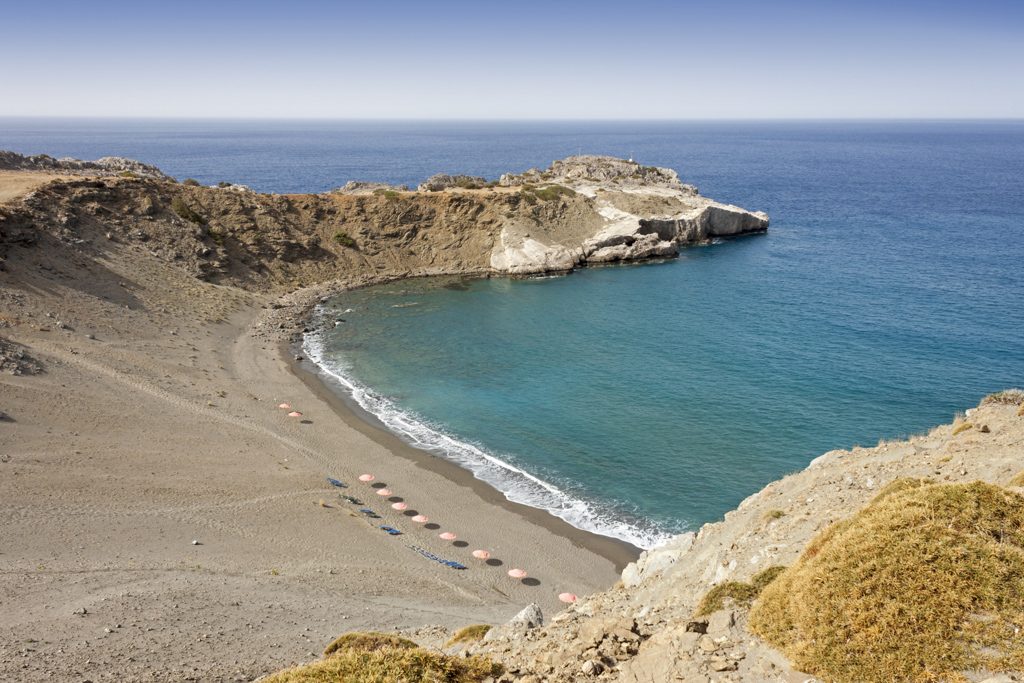
The coastline of Crete is dotted with hidden coves and pristine beaches known only to the local fishermen. Moreover, Crete has lovely islands of its own. Spinalonga is a fortress island near Elounda. Dia island near Heraklion is very popular with snorkelers – a great destination for combining sailing with admiring Crete’s marine biodiversity. Chrissi island off of the south coast near Ierapetra is a paradise of silky white sands and rare cypress trees surrounded by crystal clear waters. A sailing trip in Crete opens the secrets of the island to you.
Have you ever been to Crete in the Autumn?

